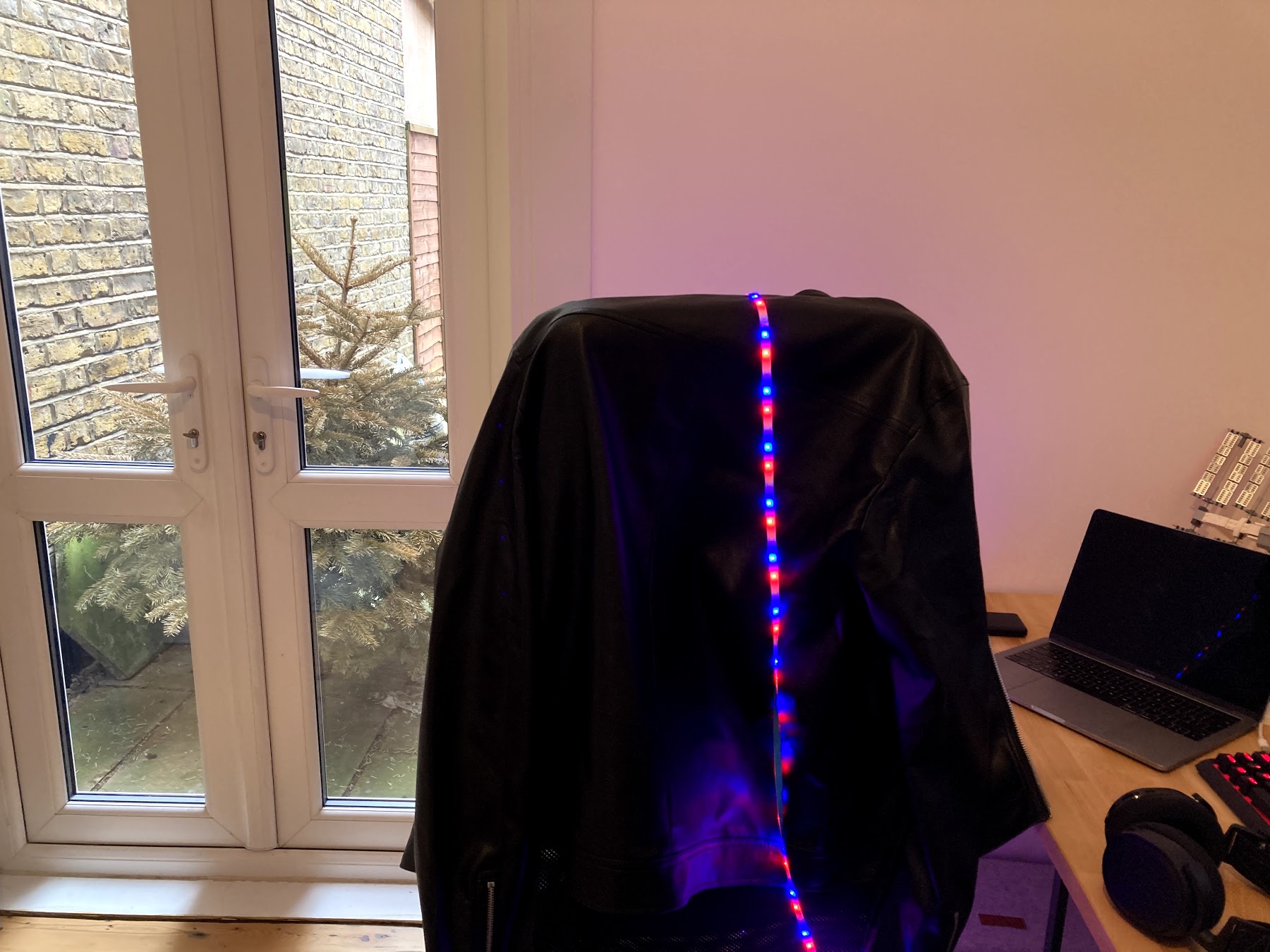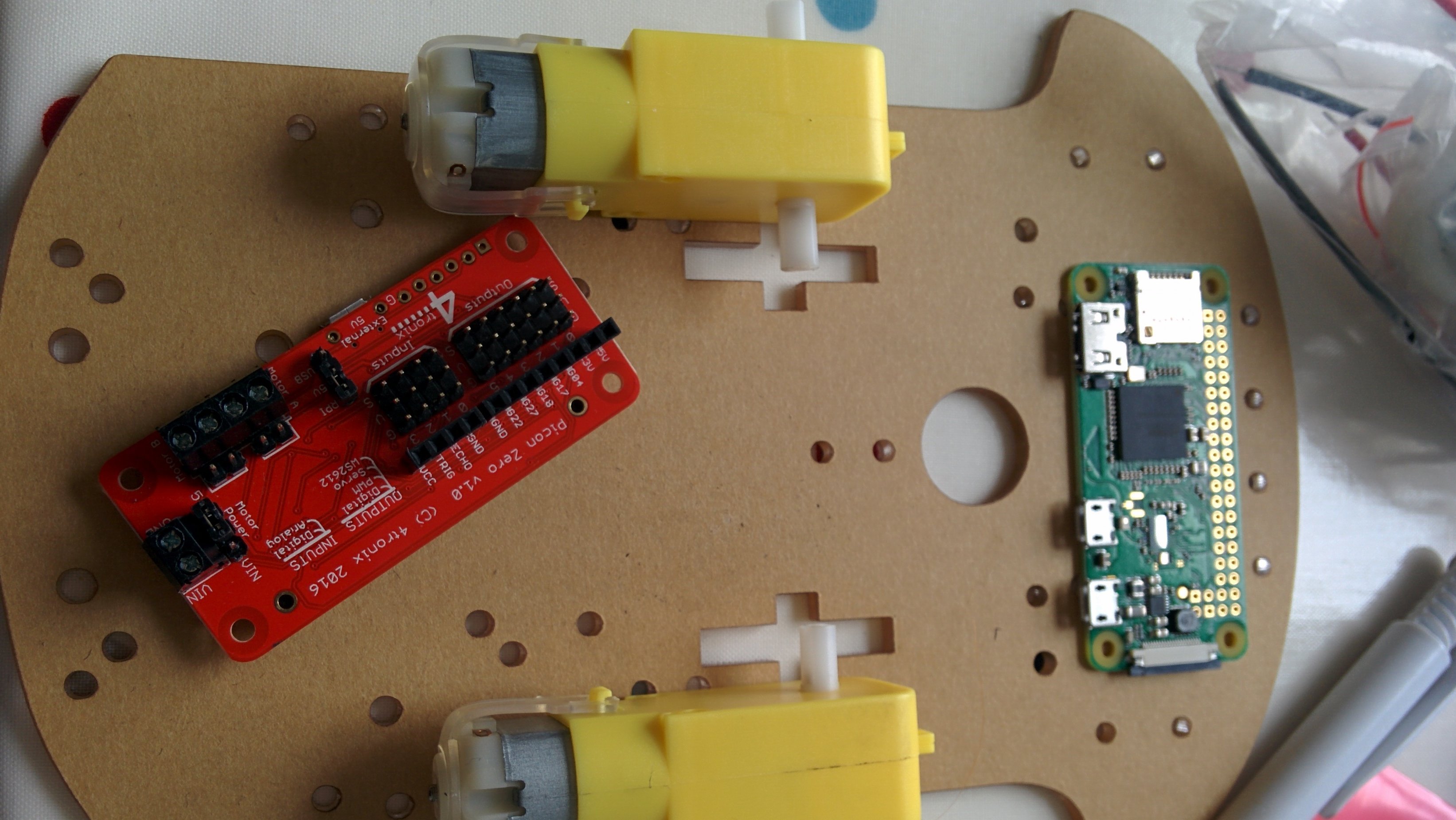
How to authenticate to Hashicorp’s Vault from AWS Lambda using Python and HVAC
Recently I’ve been working on a project that involved using an AWS Lambda to interact with resources that required authentication using secrets. This is a fairly typical problem in cloud engineering and the "modern" approach is to use a secrets management engine to make sure only resources that should have access to specific secrets can get access to them.
more ...



